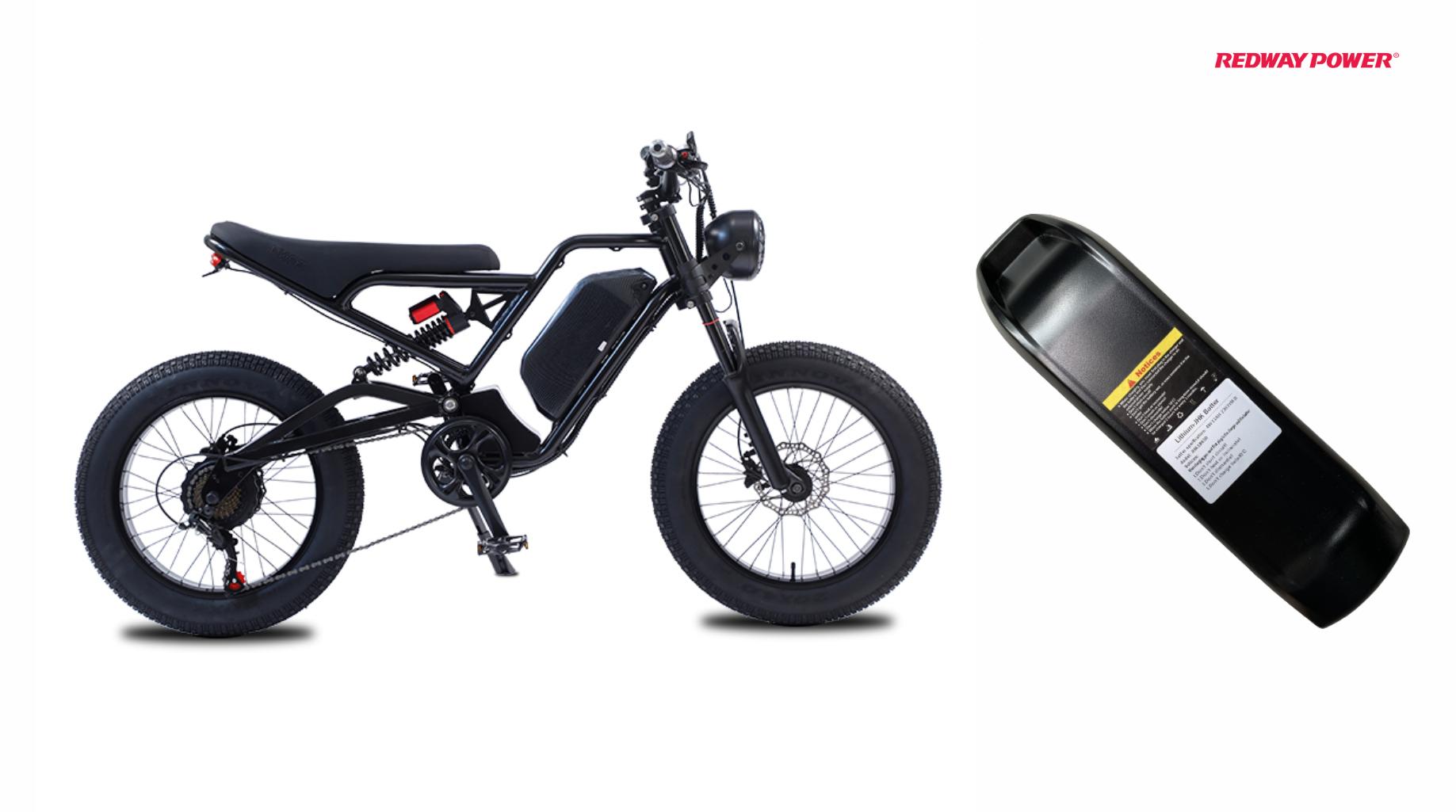The speed achieved with 1500 watts depends on various factors, including the weight of the rider, bike efficiency, and terrain. Generally, a 1500W eBike can reach speeds of approximately 28-35 mph under optimal conditions. Factors like wind resistance and battery voltage also play significant roles in determining actual speed.
Cycling at 1500 watts is an impressive feat, often leading to speeds that capture the imagination of enthusiasts and professionals alike. Riding at this power output can translate into impressive speeds, roughly in the range of 32-36 mph or even more. However, a multitude of factors including terrain, rider weight, bike type, and aerodynamics significantly influence the exact speed achieved. Here, we delve into the various elements that determine how fast 1500 watts can propel a cyclist, providing a comprehensive guide to understanding the dynamics of high-power cycling.
Understanding Power Output in Cycling
Power output in cycling, measured in watts, is a critical indicator of a cyclist’s performance. Watts quantify the energy exerted by the rider to propel the bicycle forward. Achieving and maintaining a power output of 1500 watts is typically the domain of elite cyclists, particularly during short bursts of intense effort such as sprints.
Wholesale lithium golf cart batteries with 10-year life? Check here.
The Relationship Between Watts and Speed
The correlation between power output and speed is not linear, owing to various resistive forces that come into play. Air resistance, rolling resistance, gradient resistance, and mechanical resistance all affect how efficiently power is converted into speed.
Aerodynamics: The Major Factor
Aerodynamics plays a pivotal role in determining cycling speed at high power outputs. At speeds above 20 mph, air resistance becomes the dominant force a cyclist must overcome. Minimizing drag through aerodynamic positioning and equipment can significantly enhance speed. Professional cyclists often use aerodynamic bikes, skin-tight clothing, and streamlined helmets to reduce air resistance.
Want OEM lithium forklift batteries at wholesale prices? Check here.
Terrain and Environmental Conditions
Flat vs. Inclined Terrain
On flat terrain, maintaining a high power output directly translates into higher speeds. Conversely, on inclined terrain, a portion of the rider’s power is diverted to overcome the gravitational pull, resulting in lower speeds for the same power output.
Wind and Weather Conditions
Wind conditions can either aid or impede a cyclist’s progress. A tailwind can boost speeds significantly, while a headwind requires greater power to maintain the same speed. Temperature and humidity also influence performance; optimal conditions are typically cool and dry.
Rider Characteristics and Bike Type
Rider Weight
The rider’s weight is a crucial factor. Heavier riders require more power to achieve the same speed as lighter riders, particularly when climbing. Weight-to-power ratio (W/kg) is a key performance metric in cycling.
Bike Type and Setup
Different types of bikes are designed for various cycling disciplines. A road bike with an aerodynamic setup is optimal for high-speed cycling, whereas mountain bikes, designed for rugged terrains, are less efficient on flat surfaces. Tire type, pressure, and drivetrain efficiency also affect speed.
Practical Considerations and Safety
Local Regulations and Safety Protocols
Cycling at high speeds necessitates adherence to local traffic laws and safety regulations. Wearing appropriate protective gear such as helmets, gloves, and high-visibility clothing is essential. Cyclists should also be aware of their surroundings, maintain control, and anticipate obstacles.
Training and Physical Conditioning
Achieving and sustaining a 1500-watt output requires rigorous training and physical conditioning. Strength training, endurance rides, and interval training are vital components of a cyclist’s regimen. Nutrition and recovery also play significant roles in maintaining high performance levels.
Advanced Cycling Techniques
Drafting and Paceline Riding
Drafting behind another cyclist or vehicle can significantly reduce air resistance, allowing for higher speeds at lower power outputs. Paceline riding, where cyclists take turns leading, is a common technique in competitive cycling to conserve energy.
Power Meter Utilization
Power meters are essential tools for serious cyclists, providing real-time data on power output. Analyzing power data helps cyclists fine-tune their training, optimize their performance, and achieve specific goals such as maintaining 1500 watts during a sprint.
1500W E-Bike
Conclusion
Cycling at 1500 watts can propel a rider to impressive speeds of approximately 32-36 mph, with exact speeds dependent on multiple factors including aerodynamics, terrain, rider characteristics, and environmental conditions. Understanding and optimizing these variables through training, equipment selection, and advanced cycling techniques can help cyclists achieve their peak performance safely and effectively. As always, prioritizing safety and adhering to local regulations are paramount when engaging in high-speed cycling.
Know more:
how fast is 1500 watts in mph
1500 watts to mph
how fast is 1500 watts






